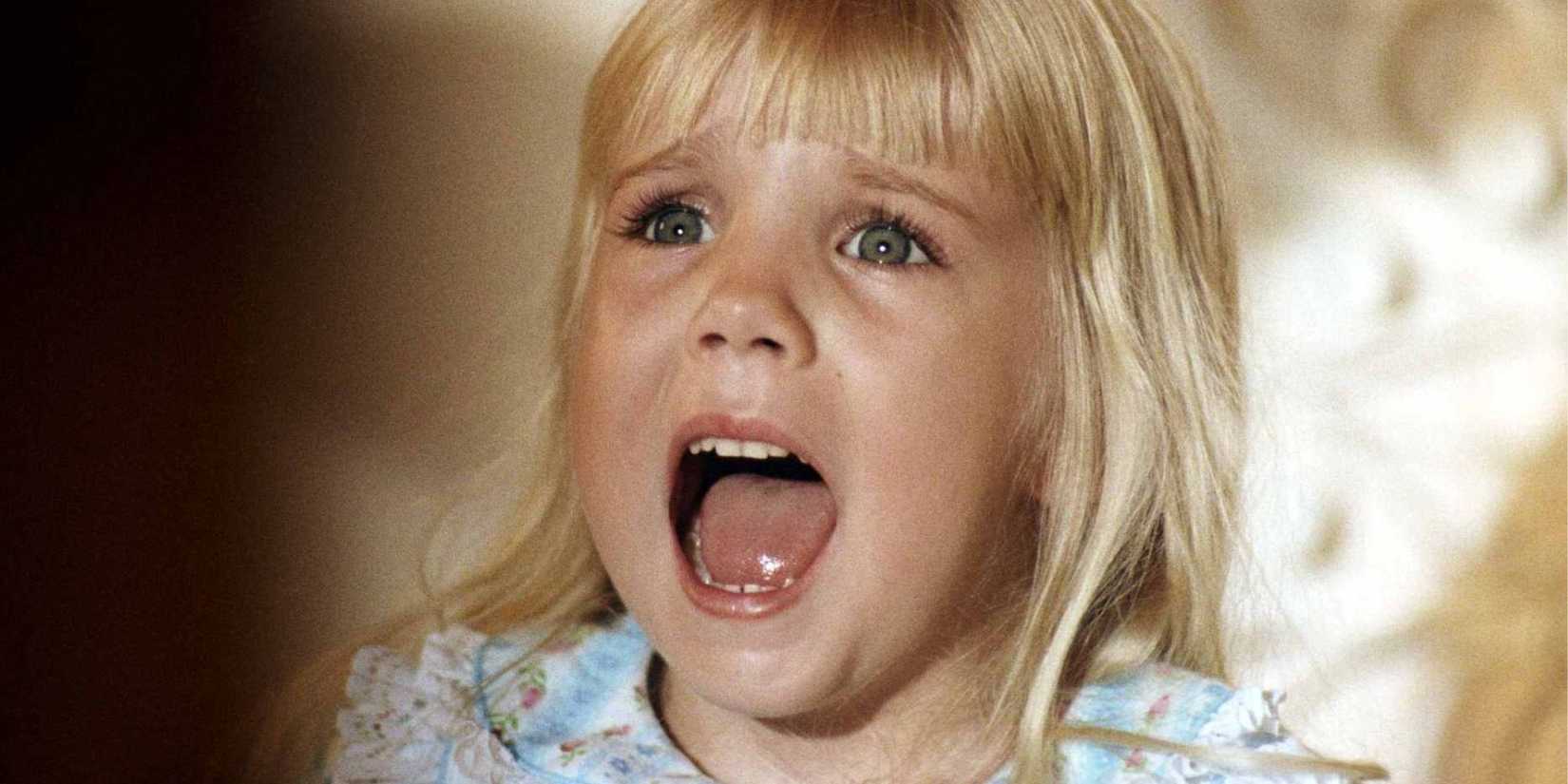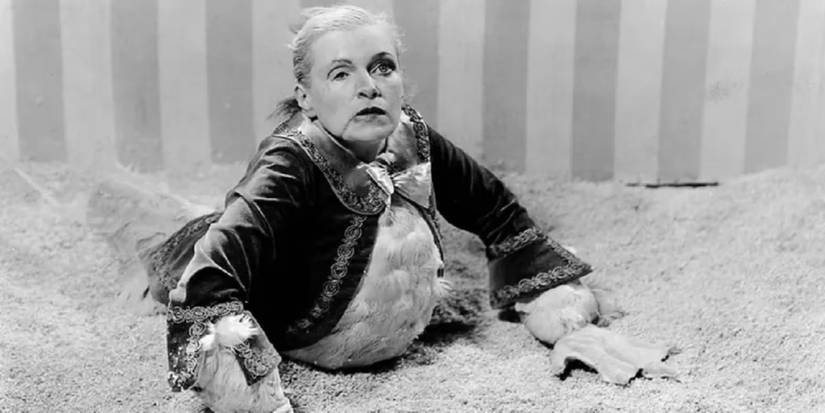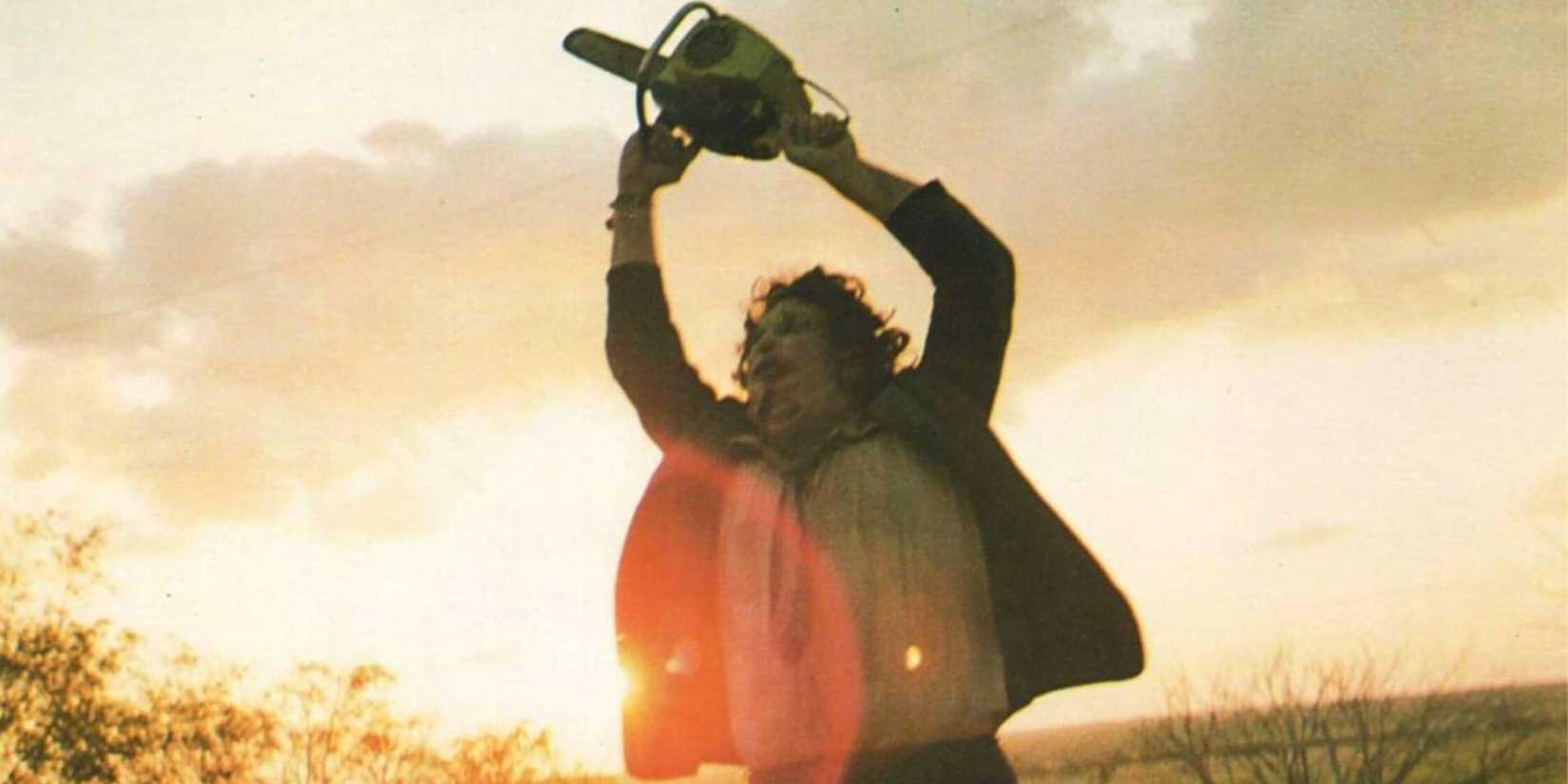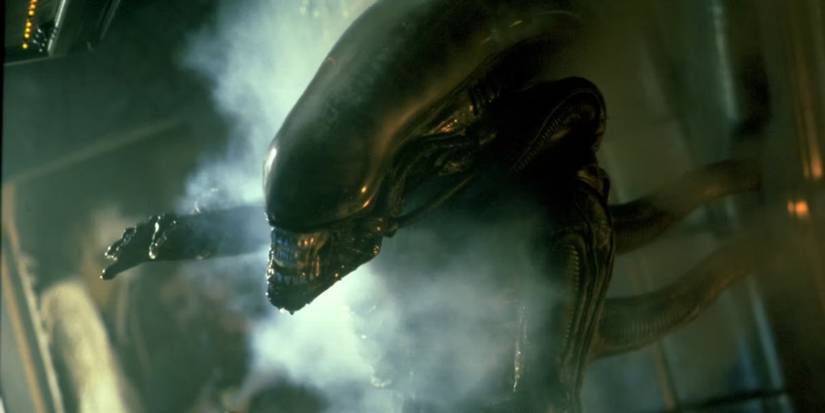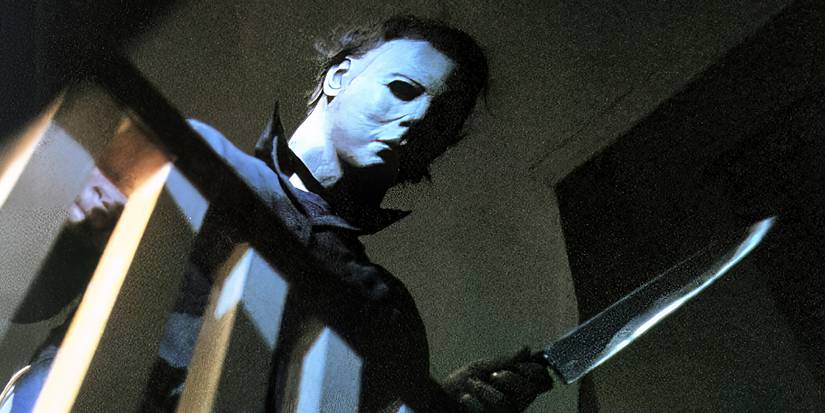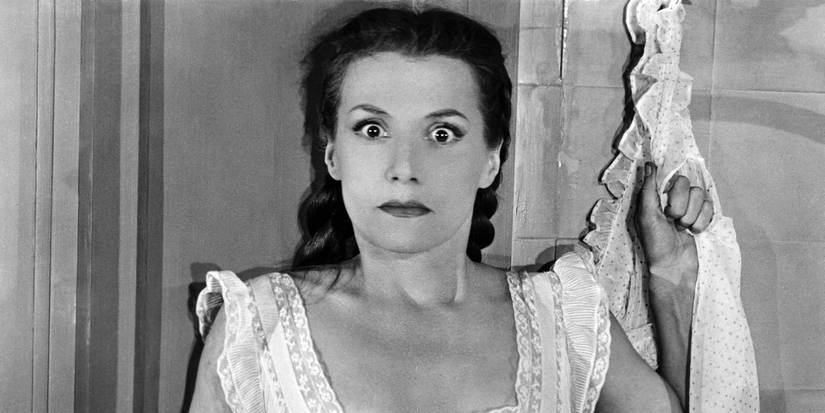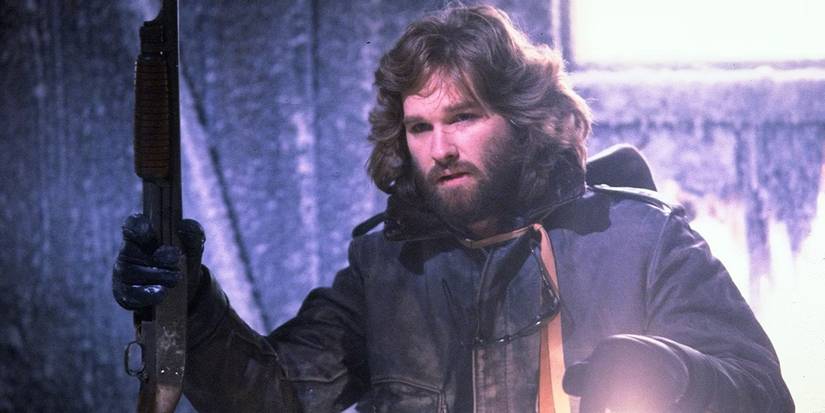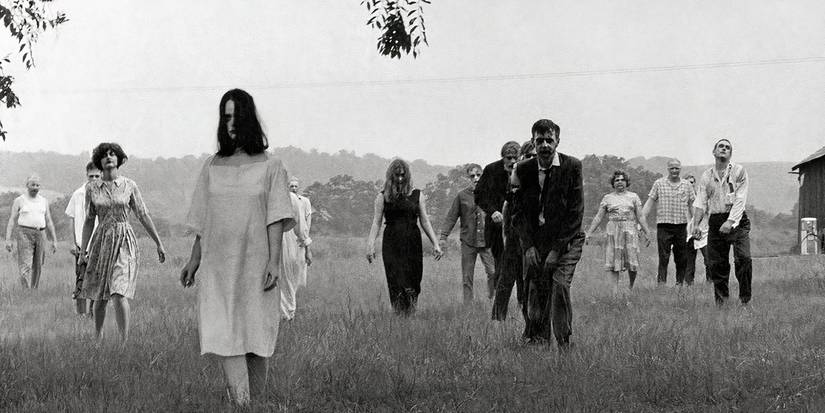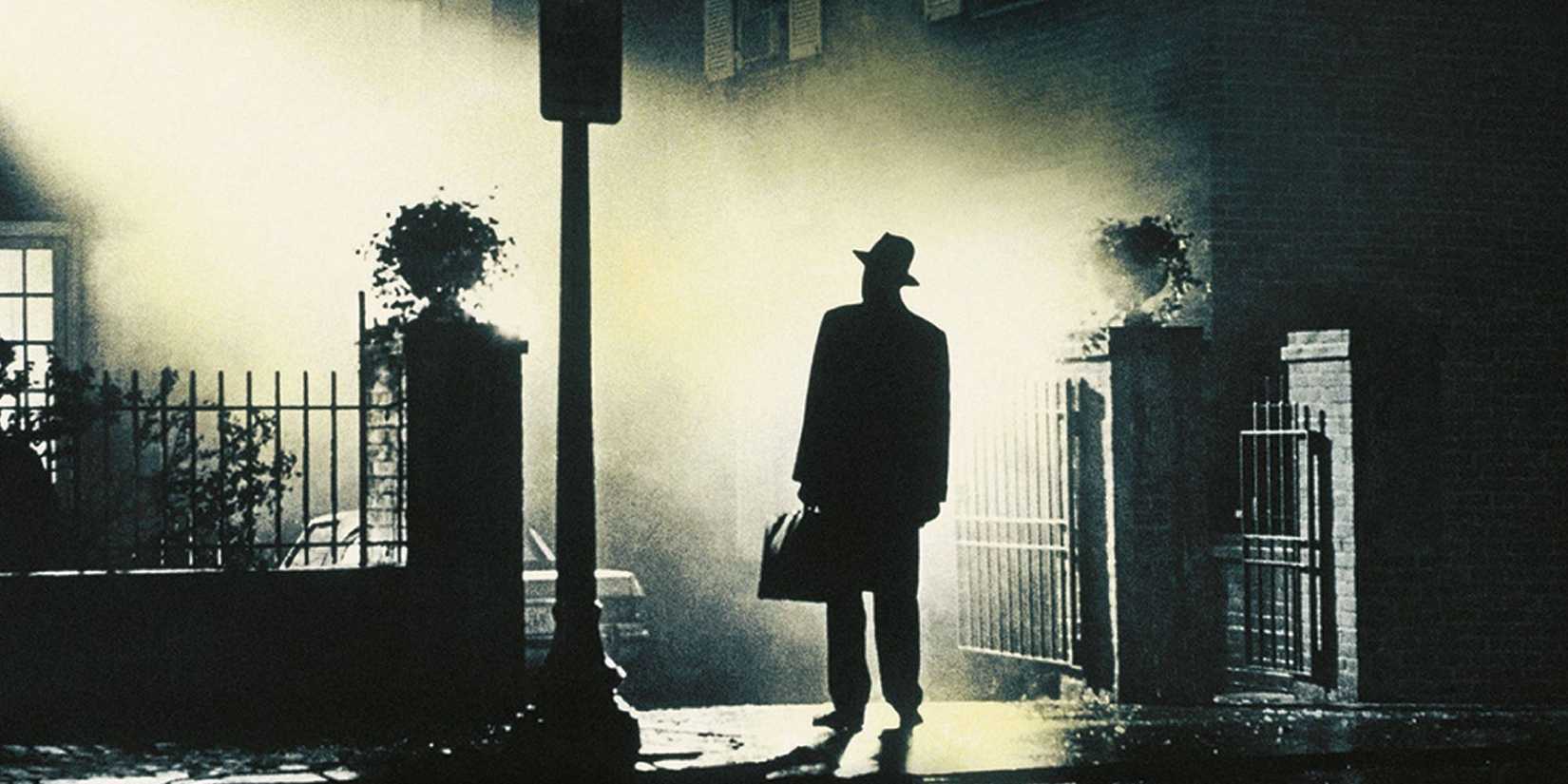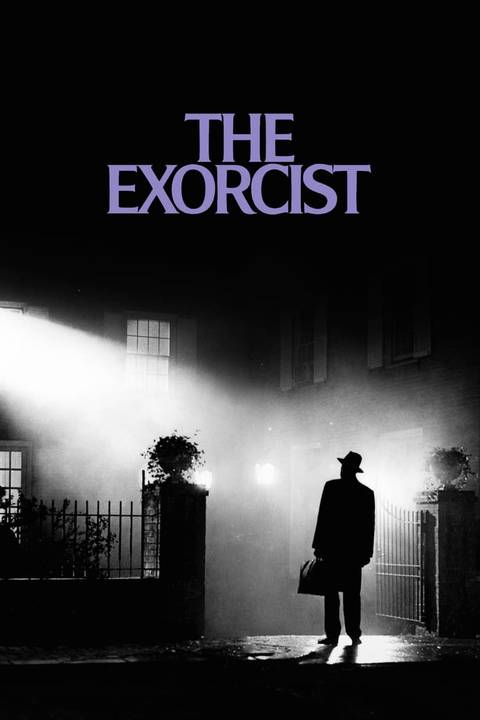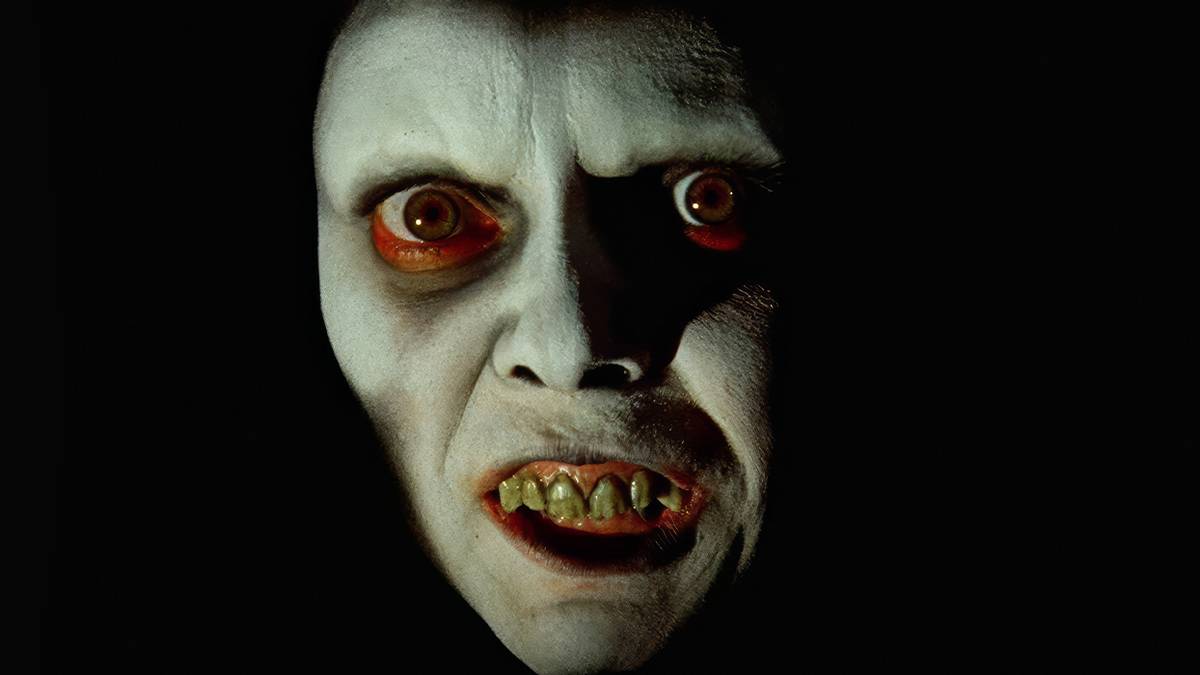
10 Scariest Horror Movie Masterpieces of All Time, Ranked
Horror fans know there are certain movies that have reached a classic status for one reason or another. Maybe they introduced a new subgenre of horror that audiences previously hadn’t seen, or they feature a technological advancement that would revolutionize how scary movies are filmed. Critics the world over could praise them as near-perfect films, and no one would disagree. But that doesn’t mean they’re still scary.
Only a select few horror films ascended to a masterpiece level and retained their scare factor for modern, jaded audiences, who fall asleep during things like The Human Centipede. With that in mind, we’ll take a look at the ten scariest movie masterpieces of all time. These are the films considered indisputable horror masterpieces that still require a change of pants after watching them.
10
‘Poltergeist’ (1982)
It’s impossible not to hear the words “They’re here” without getting chills thanks to the horror classic Poltergeist. Director Tobe Hooper proved he was more than chainsaws and questionable barbecue with his suburban-set haunted house story. The film follows the Freeling family as they move into a planned community, only to find their brand-new house is already occupied by unfriendly spirits.
A haunted house story was nothing new in 1982, but rarely had a movie of its type so closely mirrored the nuclear family experience in the way Poltergeist did. The setting and family were recognizable, and in the bright sunny backdrop of a normal neighborhood street, the terror felt invasive to the reality audiences knew. The haunting performance of Heather O’Rourke as the spiritually attuned Carol Anne drives home the creep factor, while iconic moments like the face-melting scene make sure the Academy Award-nominated film is never forgotten.
9
‘Freaks’ (1932)
Daring, controversial, and absolutely unforgettable, Freaks is a horror film that still packs a punch nearly a century after its release. The announcement of a wedding between the beautiful trapeze artist Cleopatra (Olga Baclanova) and the freakshow performer Hans (Harry Earles) is a cause for celebration. However, when Hans’ freakshow family learns there might be a darker reason behind the nuptials, the often belittled performers become violently protective.
The use of actual sideshow performers added a legitimacy to the film that also brought with it controversies, which would ultimately cause Freaks to be a notorious failure. Freaks would permanently ruin director Todd Browning’s career and be banned for a number of years, but the early horror film has since been reevaluated by many as a masterpiece. Regardless of whether you find the film to be offensive or progressive, the final moments of Freaks can be seen as nothing other than nightmare fuel.
8
‘The Texas Chainsaw Massacre’ (1974)
The infamous and brutal The Texas Chainsaw Massacre was a definitive turning point for horror and how people planned their road trips in the 70s. The low-budget horror classic saw a group of young people on their way to a concert take a detour that would lead them into the lair of chainsaw-wielding killer Leatherface (Gunnar Hansen).
There’s usually some resistance as to whether The Texas Chainsaw Massacre is a masterpiece, but the southern slaughterhouse delivered scares while impacting the future of horror. Made for less than $200,000, The Texas Chainsaw Massacre opened up the door for indie filmmakers to experiment with the genre and prioritize creativity over budget. It’s also an undeniably harrowing and uncomfortable watch, featuring a gritty aesthetic that made the horror movie look like documentary footage audiences were never meant to see.
7
‘Alien’ (1979)
One of the most frightening monsters in movie history received a startling debut in the sci-fi horror hybrid Alien. The crew on the spaceship Nostromo is on their way back to Earth when a mysterious transmission (ignore the transmissions already) sends the crew to investigate. Their findings leave them empty-handed, but they manage to pick up a hitchhiker with the ability to kill everyone on board.
For once, we can all thank evil corporations, because without them continually trying to breed Xenomorphs, we would never have gotten the long-running Alien franchise that continues to expand. The Xenomorph is one of the scariest monsters ever created, and whether it’s slithering in the shadows or leaping at its prey, its value to the horror genre cannot be praised enough. Alien may take its time introducing the killer alien, but that early chunk of the movie allows us to bond with the working-class crew before they begin to make quick exits in the second half.
6
‘The Shining’ (1980)
Stanley Kubrick directed the original cautionary tale about working from home in The Shining. In the film, Jack Nicholson and Shelley Duvall star as Jack and Wendy Torrance, a couple with a young son who move into The Overlook Hotel with their young son, Danny (Danny Lloyd). Jack is there to serve as caretaker while he works on his novel, but ghostly guests who never checked out will keep him distracted.
For however far the film strayed from the source material, The Shining has staked a claim as one of the most widely recognized horror films ever made. The Shining explores horror from two different angles: the psychological deconstruction of Jack, and the very urgent physical harm facing Wendy and Danny. From the long, ominous shots of the empty hotel to the iconic and mesmerizing performances of Nicholson and Duvall, The Shining is a masterclass in building tension.
5
‘Halloween’ (1978)
Slashers rarely get the respect they deserve, but even the most disapproving critic usually makes an exception for Halloween. The story is simple but perfect: the masked killer Michael Myers escapes captivity in order to return to his hometown on Halloween. Without any clear reason or explanation, Michael targets the young high school student Laurie Strode (Jamie Lee Curtis) and her friends, silently killing them one by one.
There have been countless slashers in every environment possible since the release of Halloween, but at the time, Michael Myers’ invasion of Haddonfield was revelatory. Michael’s rampage represented a changing culture where the innocence of suburban safety gave way to the acknowledgment that front doors could no longer be left unlocked at night. Evil didn’t need an ancient curse to exist; sometimes, it just wanted to come home.
4
‘Diabolique’ (1955)
A perfectly planned murder takes an unusual turn in the classic French horror thriller Diabolique. When the wife and mistress of an abusive man conspire to permanently remove him from their lives, they stage his murder to look like an accidental drowning. However, when the body disappears, the women are left in fear that their actions will lead to revenge from beyond the grave.
Diabolique took the best aspects of a murder mystery thriller and added a supernatural twist to become one of the most influential horror movies of the last 100 years. Although the film doesn’t boast a large body count, the black and white classic contains one of the most widely praised final scares in horror. Traces of Diabolique can be found in future classics like Psycho or any movie where ‘Til Death Do Us Part’ became too literal a guideline.
3
‘The Thing’ (1982)
Although John Carpenter’s The Thing originally flopped upon release, it would later be recognized as the masterpiece that it is. Set in an Arctic research station, The Thing follows a group of researchers who come in contact with a creature that can take the shape of any living form. As the grotesque monster thins the numbers of the research team, the survivors grow paranoid that the killer walks among them as one of their own.
Of course, no monster movie can succeed without a memorable creature, and the warped forms the alien takes are the centerpiece of some of The Thing’s most iconic scenes. Thanks to the tireless work of designer Rob Bottin, the practical special effects largely hold up today, making CGI look inferior by comparison. When the audience sees a threat that horrifying, they can understand why the men would rather die in the snow than see themselves assimilated into such a creature.
2
‘Night of the Living Dead’ (1968)
The dead rose from the grave to kick off a sub-genre and scare the hell out of everyone while doing it in Night of the Living Dead. The original black and white classic set a group of strangers against an onslaught of shambling zombies with a taste for human flesh. Taking refuge in a nearby farmhouse, the survivors will need to keep a level head or join the numbers of the undead that surround them.
Even with all the zombie movies that have come out since, with every scenario thoroughly explored, none come close to the creep factor of Night of the Living Dead. The low-budget production doesn’t manage to look cheap; instead, it looks shockingly real, thanks to the grainy footage that now resembles a historical document more than a B-movie. Director George A. Romero’s interpretation of zombies, being corpses of the people we once loved returning to consume us, was a bone-chilling vision that was never better represented than in its original form.
1
‘The Exorcist’ (1973)
A horror masterpiece that continues to mentally scar new generations, The Exorcist is one of the most important films ever made in the genre. Regan MacNeil (Linda Blair) is an average 12-year-old girl, but she is placed in the center of a battle of good vs evil after being possessed by a demon. As Regan’s condition worsens, a few brave Catholic priests battle for the girl’s soul before she’s lost forever.
Horror movies are a reliable investment to make a profit, but The Exorcist was the rare scary movie that became a cultural experience. The depiction of a child possessed by a demonic force was taboo-shattering, causing critics to denounce the film as blasphemy and fans to declare it as the scariest movie they’d ever seen. The Exorcist would be the top-grossing movie of 1973 and the first horror film to be nominated for a Best Picture Academy Award.

